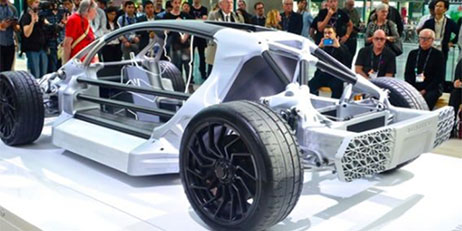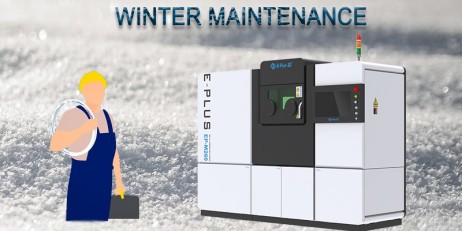The application of 3D printers in various industries is constantly expanding. 3D printing is not a tool for us to make prototypes, but a production method for delivering goods to customers. In the past, additive manufacturing technology was mainly used in the aerospace and medical fields where the unit price of components is expensive. But later, vehicles such as automobiles and railroads, as well as certain industries for ordinary consumers, also began to actively adopt additive manufacturing technology.
1. Additive manufacturing technology has a high degree of freedom in shape
The first advantage of additive manufacturing is the high degree of freedom of shape, which enables parts to be suitable for integration and lattice structure, topology optimization, which is related to the realization of new functions and performance with a focus on lightweighting. Therefore, AM technology can realize the supply of replacement parts and the production of single products of multiple specifications such as individual customization in a short period of time, which is also a major advantage of AM. This advantage of AM enables previously unattainable functions and performances, greatly increasing the added value of products and parts. This feature also allows a higher degree of freedom in the shape of the product, getting rid of constraints such as tools and draft angles, and complex shapes that cannot be produced by ordinary processes can also be integrally formed, thereby achieving light weight and reducing assembly processes. To reduce procurement costs and shorten delivery. The high added value is not only due to the high degree of freedom in the shape of the product. In recent years, through AM technology, the composite material method in which various materials are optimally arranged in the part has also been carried out. This is a unique feature of AM processes that employ additional materials in tiny units.
2. Additive manufacturing can achieve low cost and short delivery time for a small number of products
While this advantage is not difficult to exploit in a high degree of freedom of shape (i.e. part integration), when additive manufacturing technology is used as a production context, its characteristics are different, which means that it can be manufactured separately without the use of molds . Digital data, including 3D models, can make production easier to control. This feature is helpful for small production of products. At the same time, it can also help companies provide repair parts in a low inventory state, and manufacture a small number of optimized parts at low cost. products, realize product customization, and associate with the realization of new business models.
Technological development improves productivity and ease of use In fact, when to adopt AM technology is the question we should discuss. The technical level of additive manufacturing machine manufacturers has also been continuously improved, such as greatly increased production efficiency. When applying AM to a large number of products, the difference in production efficiency compared to existing processes becomes significant. However, AM production efficiency is constantly improving as the basis for evaluation of AM technology.
Recently, the industry has made many adjustments in the ease of use of additive manufacturing. For example, monitoring the molding status, using artificial intelligence (AI) and other tools to improve automatic adjustment of optimal molding parameters, etc. Still, it would be too late to wait until AM technology has matured. Although the industry has made great progress in the ease of use of AM, in fact, which part can be used, how to use it, etc., many times rely on users to make their own judgments. Users should still introduce additive manufacturing machines and accumulate experience as soon as possible, because once AM becomes a technology that "everyone can use", it will not be able to widen the gap with everyone, nor will it be able to create its own competitiveness.
























